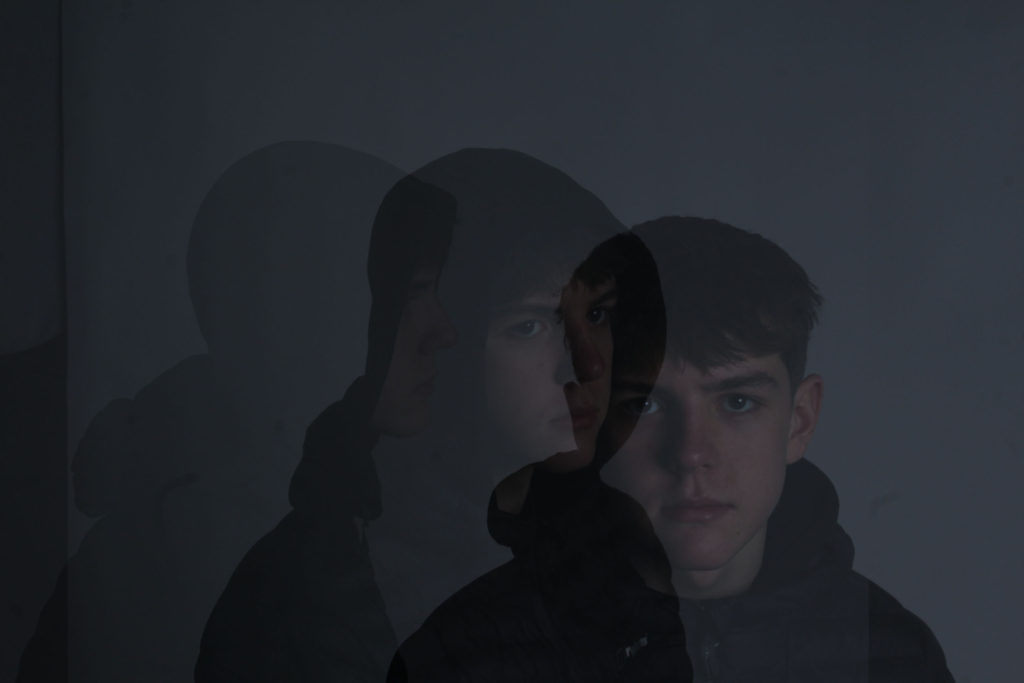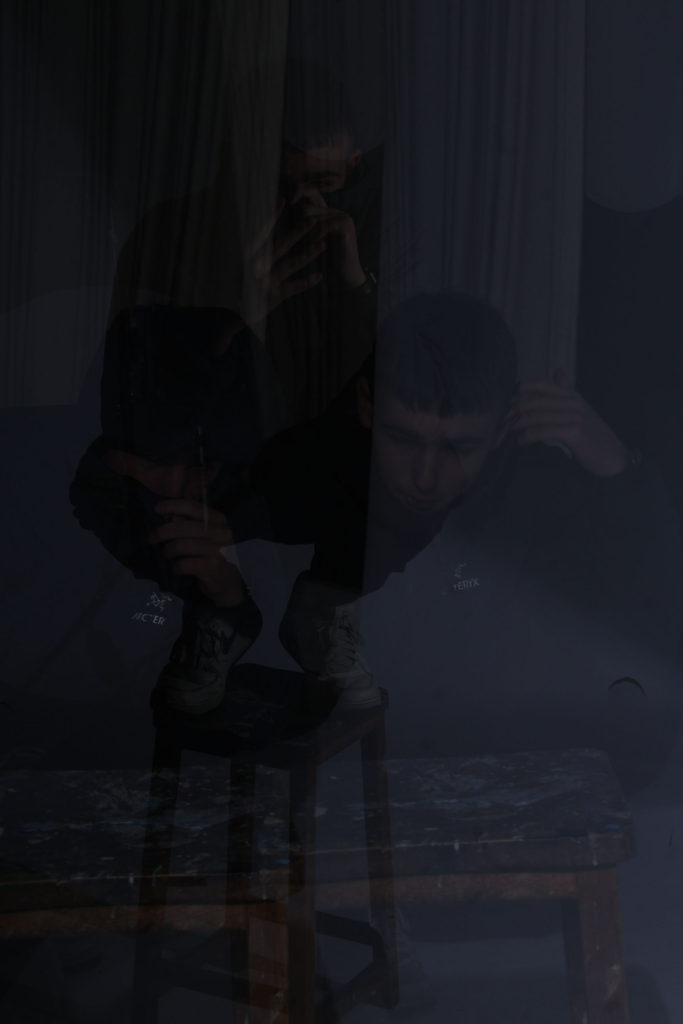
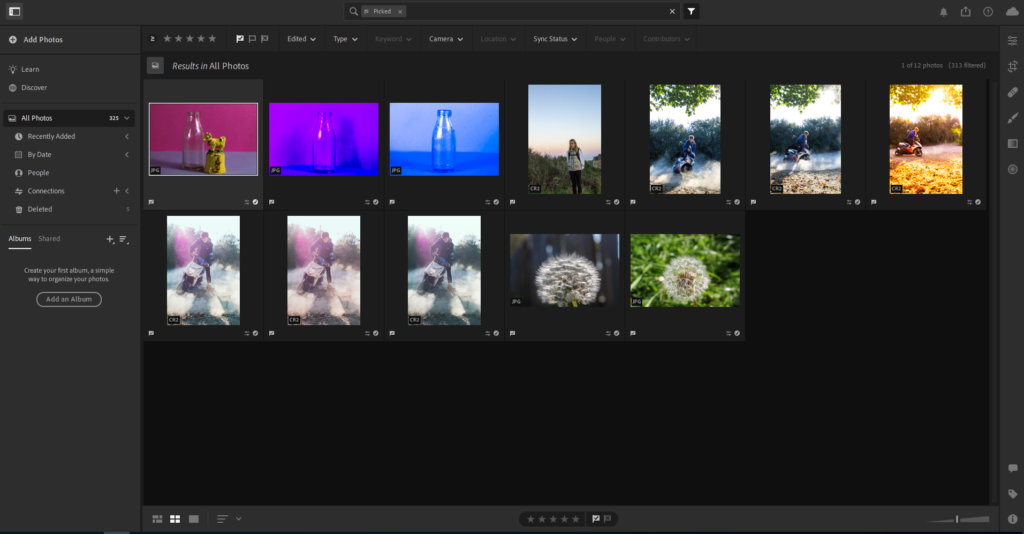

This before and after show that I have edited to bring out the shine of the bottle and the bright yellow of the cow.



This before and after show that I have edited to bring out the shine of the bottle and the bright yellow of the cow.


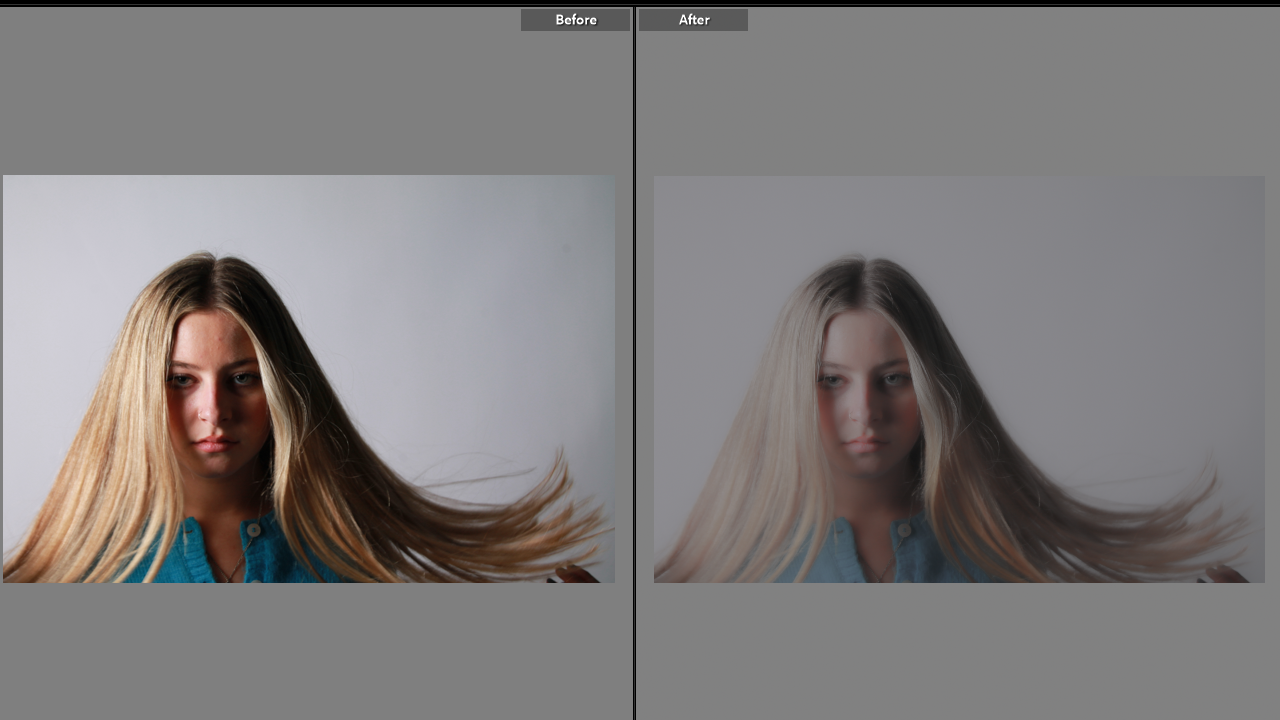

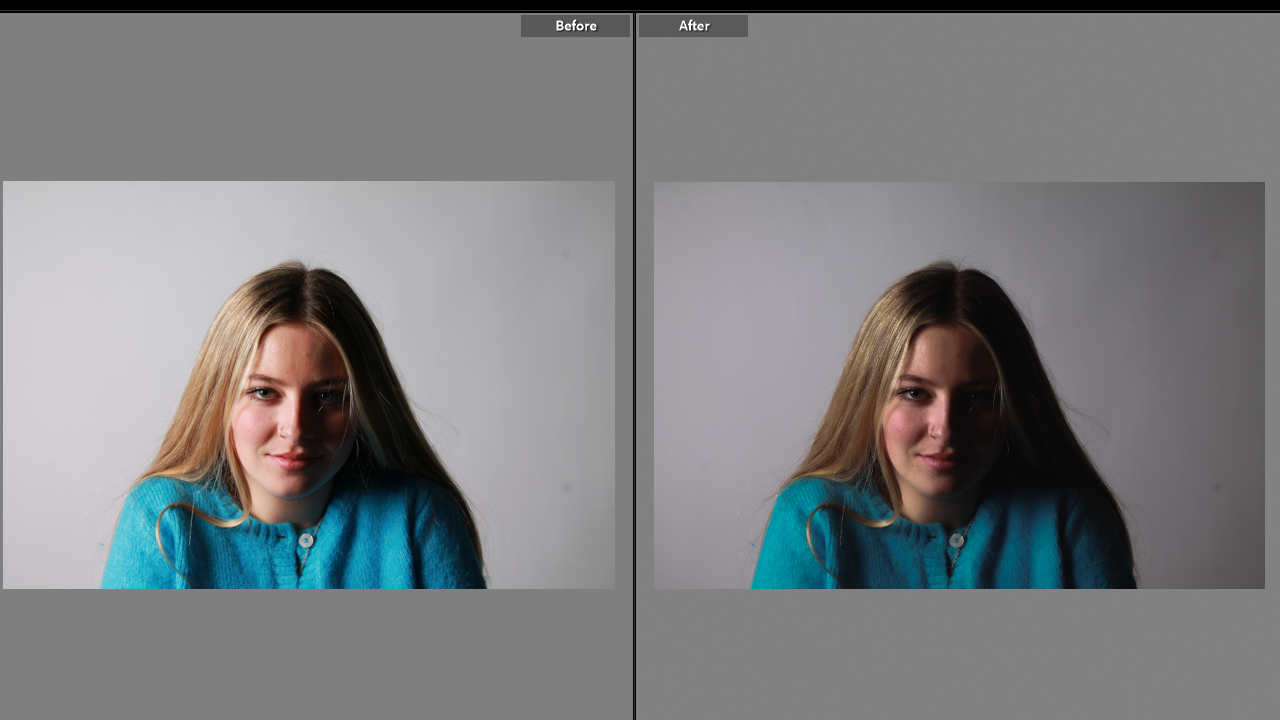
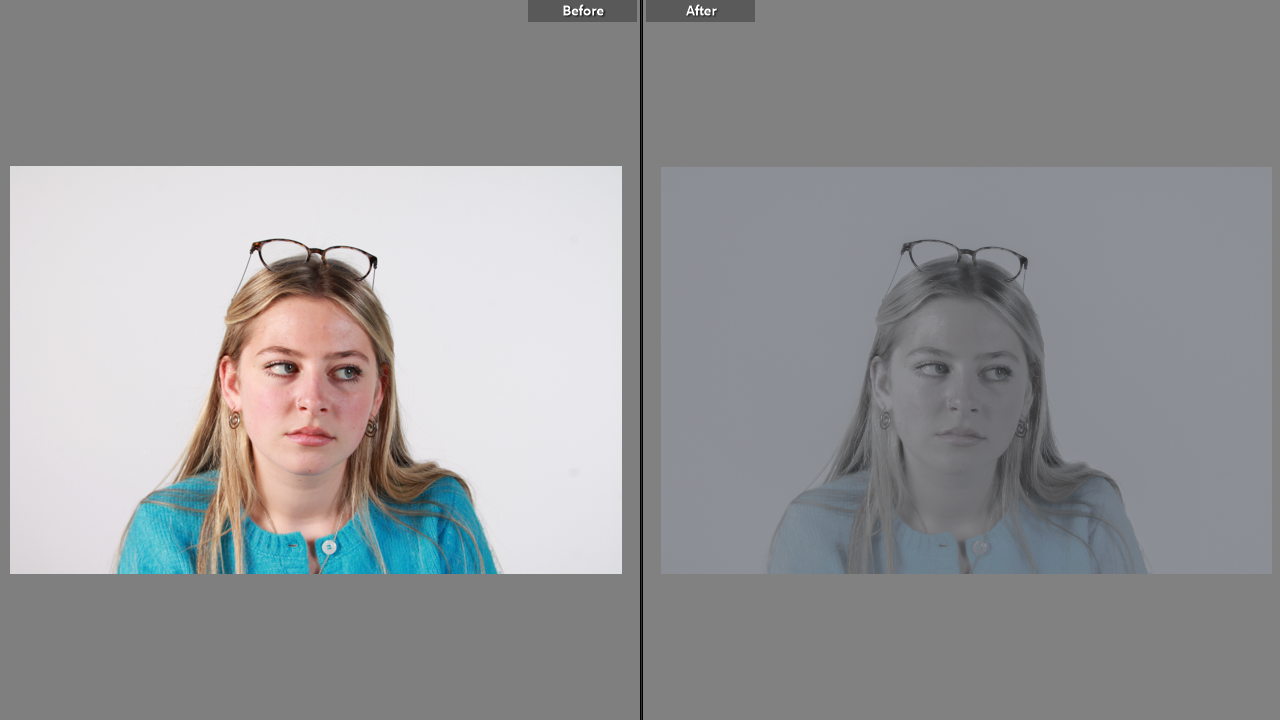
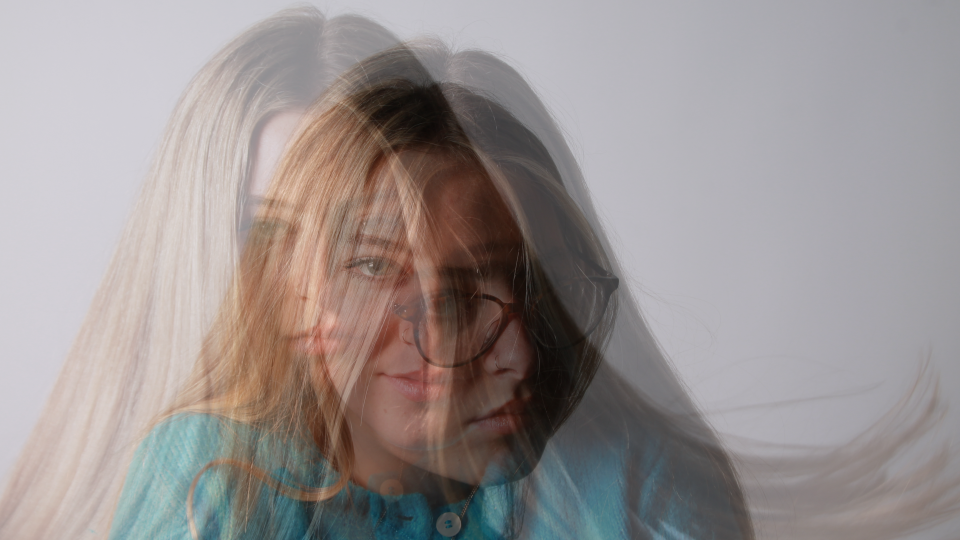
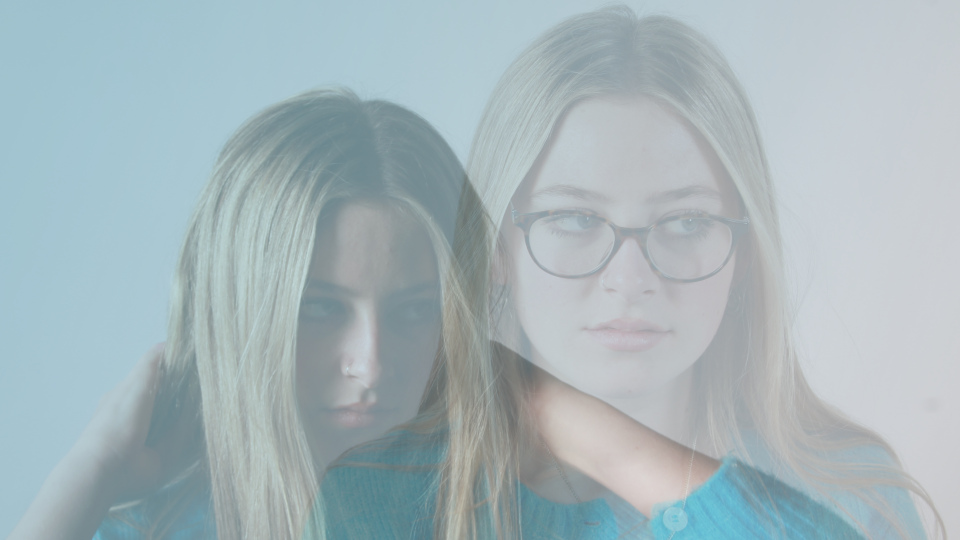


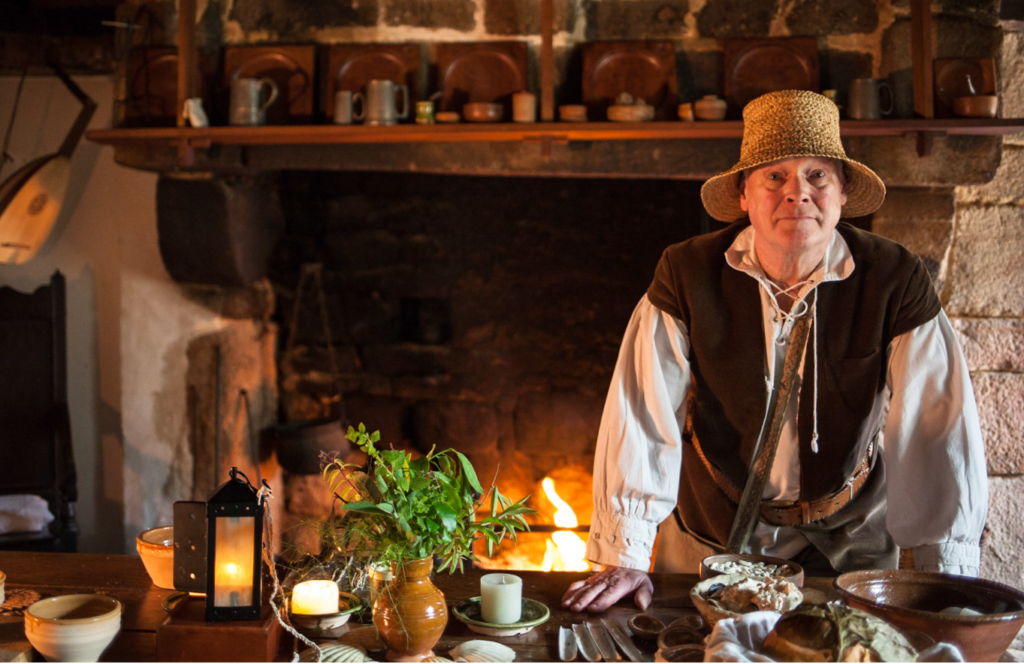
Tom Kenedy is the Hamptonnes photographer he takes many photos of many different events that happen at the Hamptonne.
I like this image because of the warm light that lights up every where. in the c enter of the image the bright green plant is very good contrast to the other warm tones in the image.
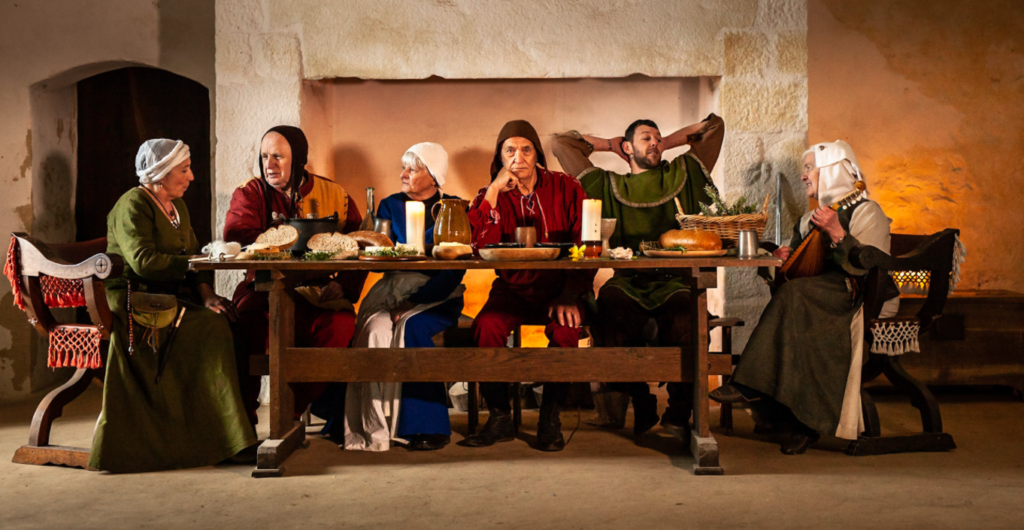
This image has a lot of bright contrasting colours and warm tones which i like. there is only one subject that is actually looking into then lens which gives a sense takes away a sense of privacy because whilst the others are seen to be talking in amongst them selves this one man in the centre of the frame wearing bright colours is looking at YOU. I like that this is a long full frame shot that includes every aspect of every subject
Oliver Doran is a British/French professional photographer who mostly does celebrity portraits around the world. He often shoots in black and white and uses a variety of lighting techniques in his portraits.
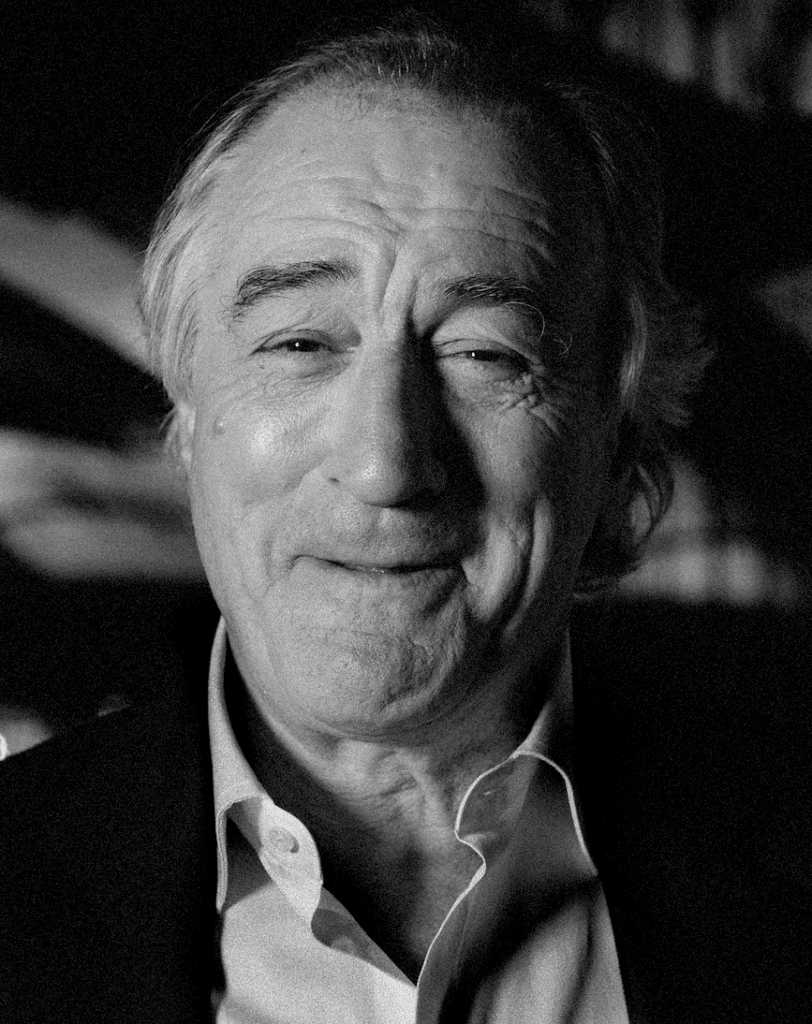

Studio Lighting-
Rembrandt lighting is a technique used in photography often used to make the subject appear more visually interesting. It is done by placing the light at an angle so that it lights up half of the face as well as creating a small upside down triangle on their cheek, just underneath the eye.


It is a result of the Dutch painter Rembrandt Harmenszoon van Rijn, who painted many portraits using this style of lighting.

Butterfly lighting is a photography technique which can also make portraits appear more interesting. It is done by placing a light facing slightly down on the subject directly in front of them. This causes a shadow underneath their nose, which can resemble a butterfly. It is most often used by fashion and beauty photographers.
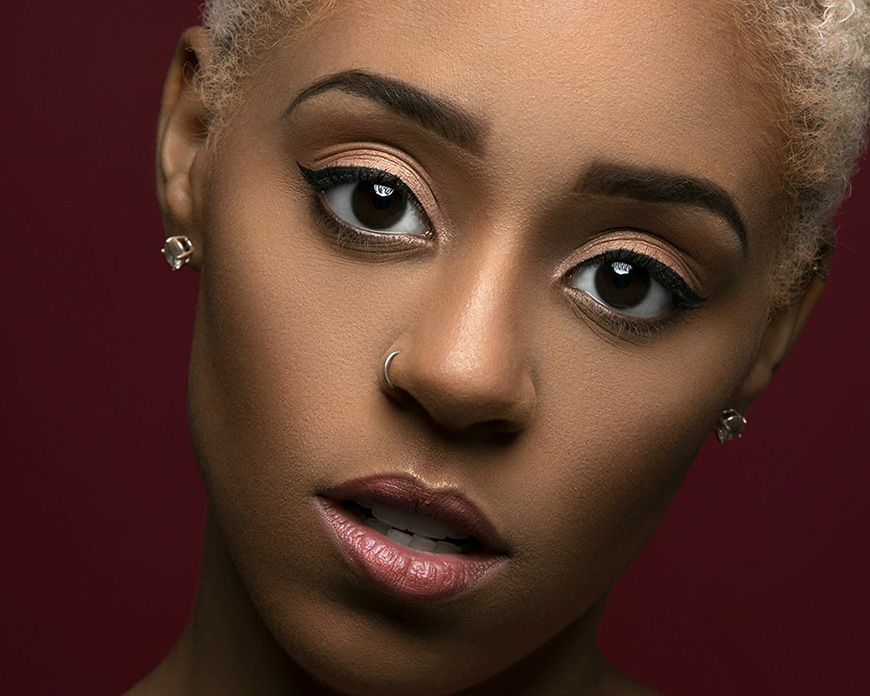
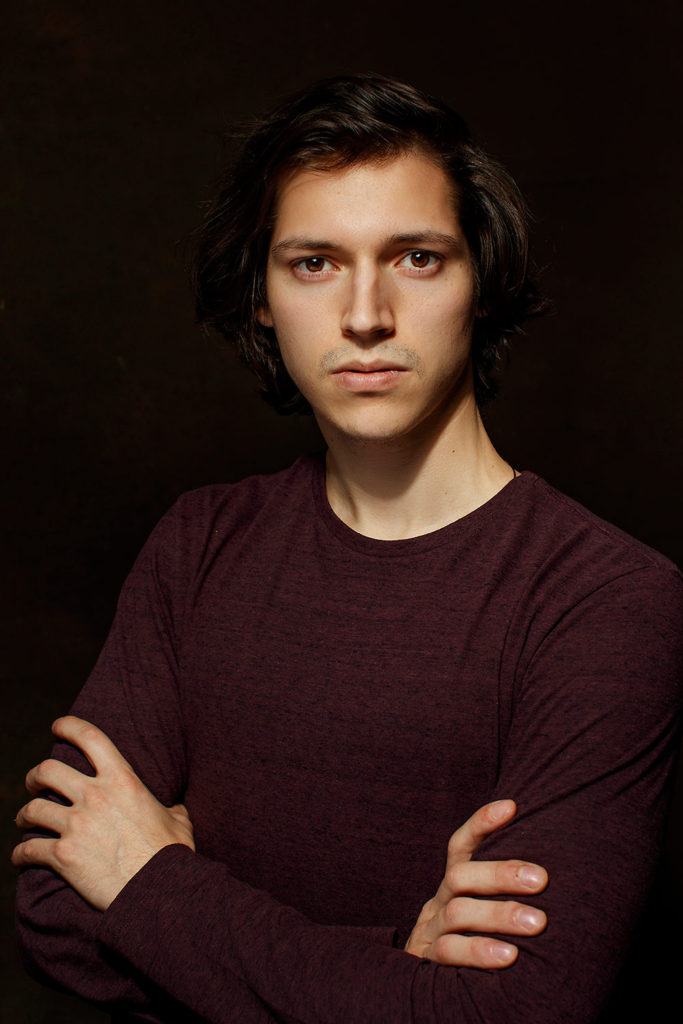
Side light / Chiaroscuro is a lighting technique where light only falls on one side of the subject. This is done by placing the light roughly 90 degrees from the camera so that only half of the subject’s face is lit up and the other is covered in shadow. It is often done to make unique and striking portraits.
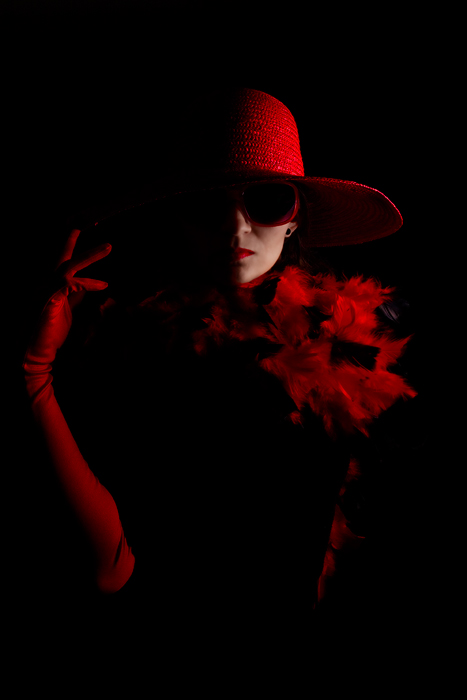
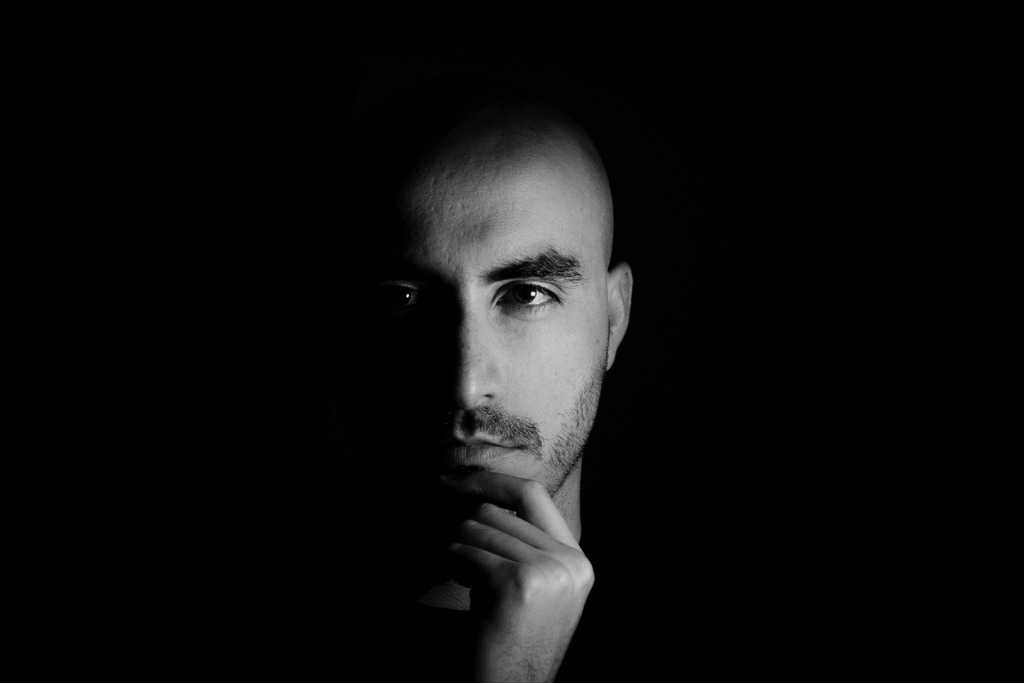
Editing-

Final Images-
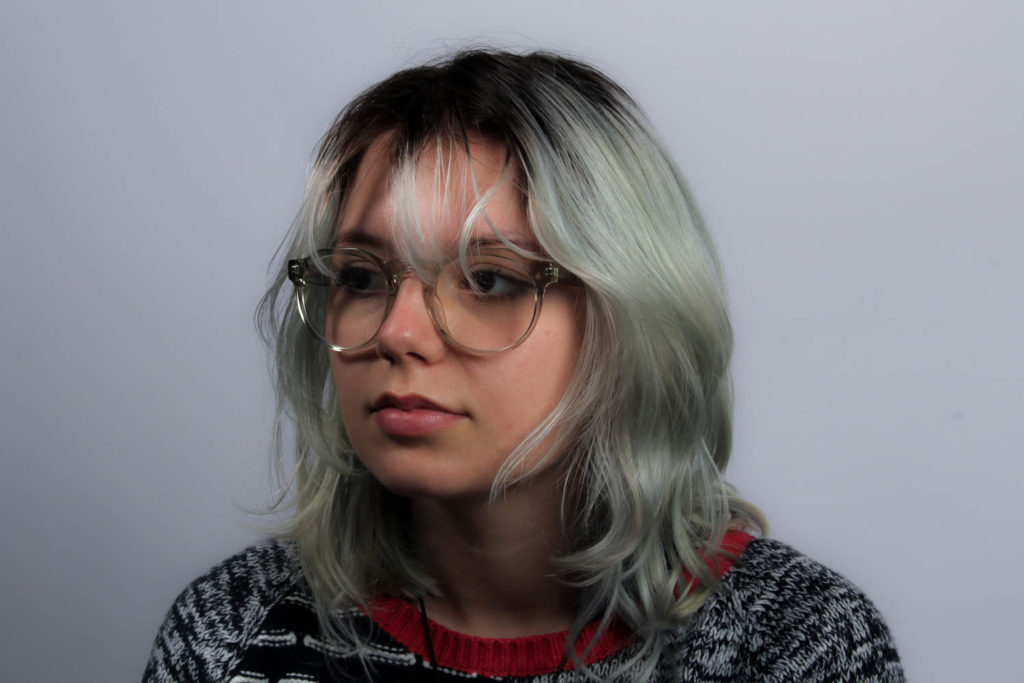
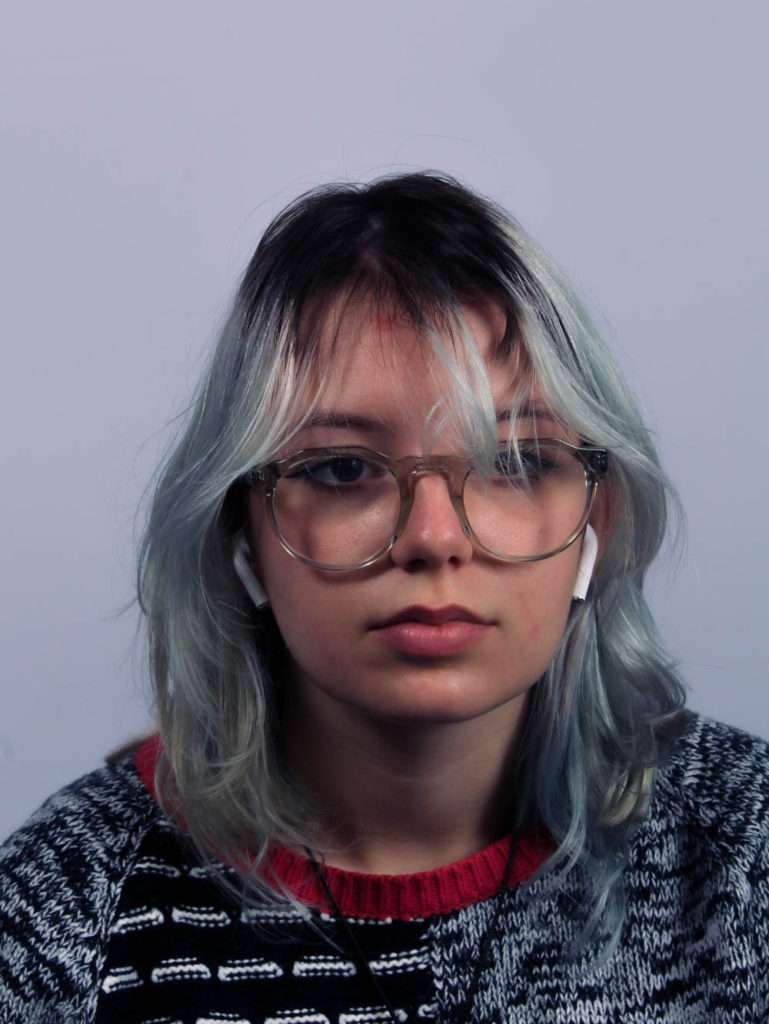
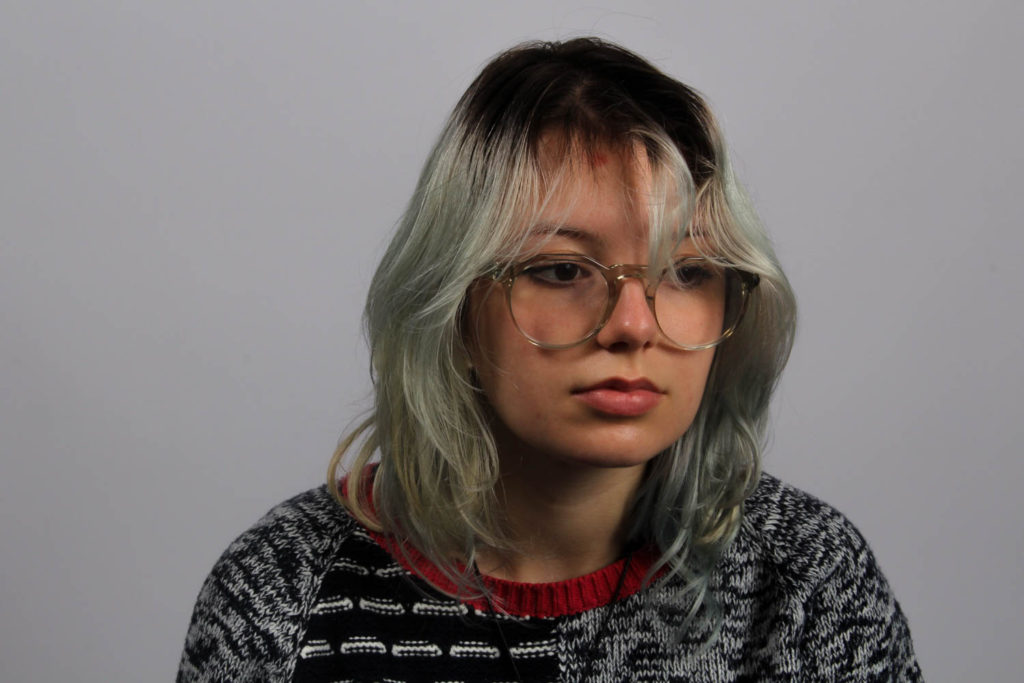
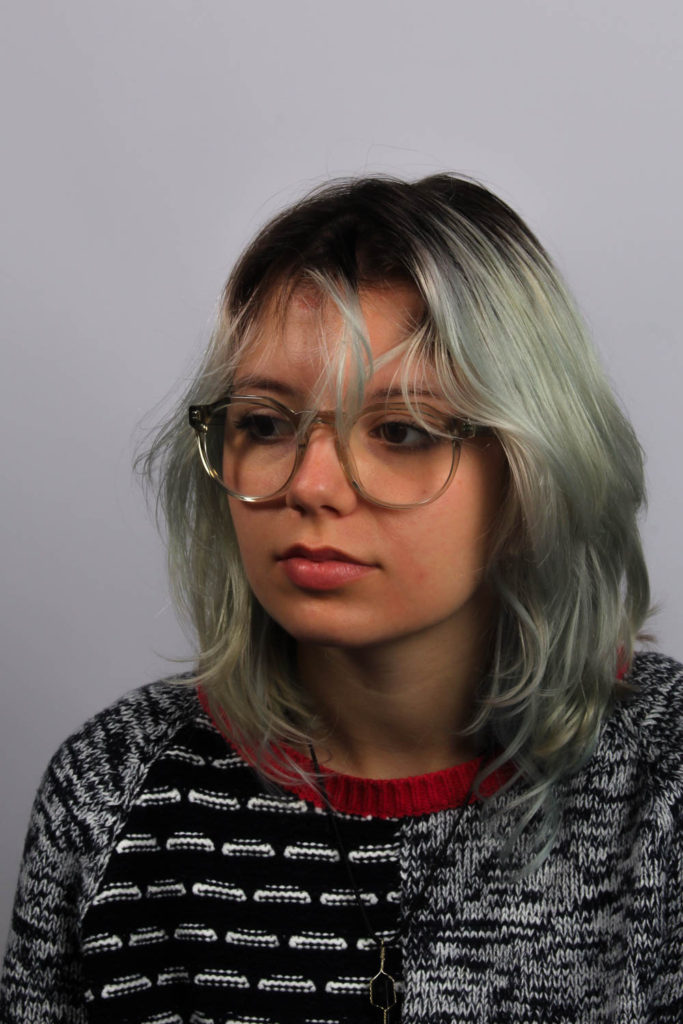

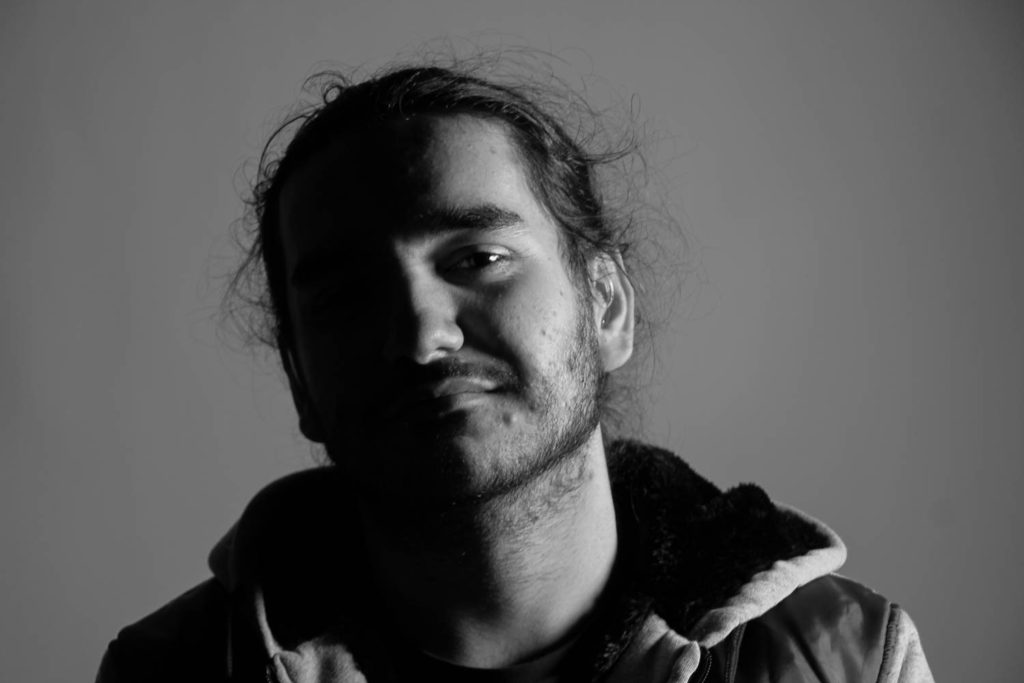
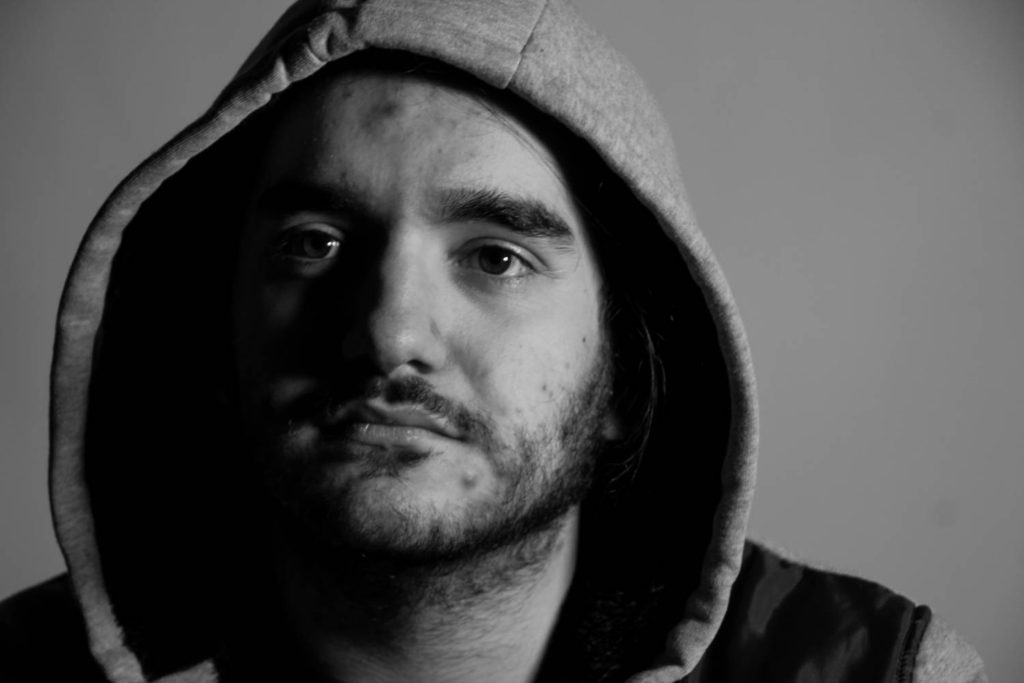
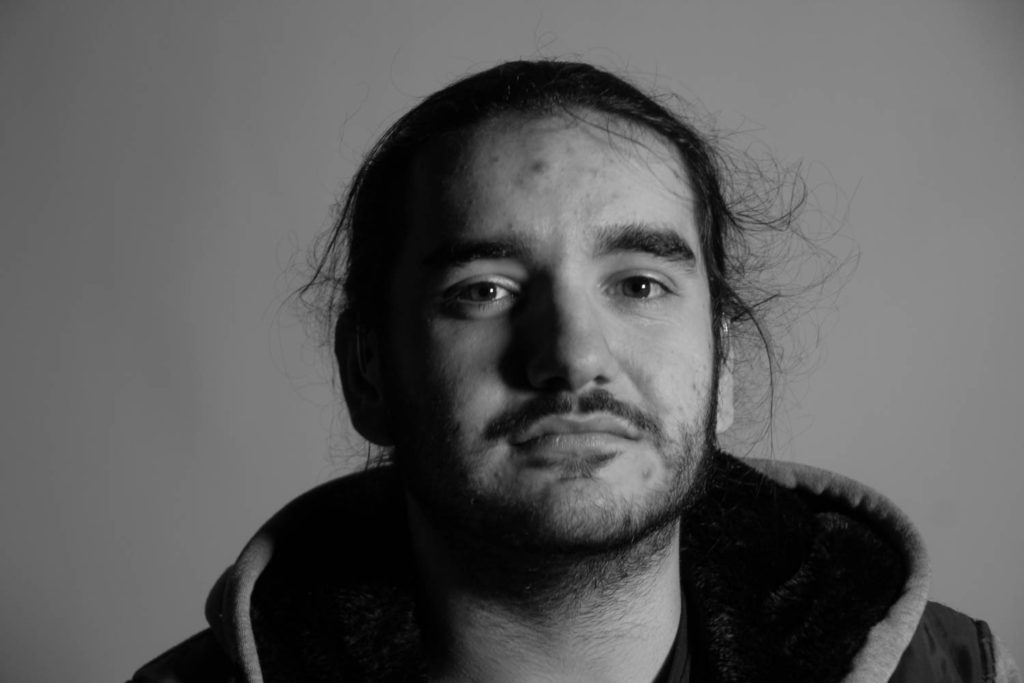
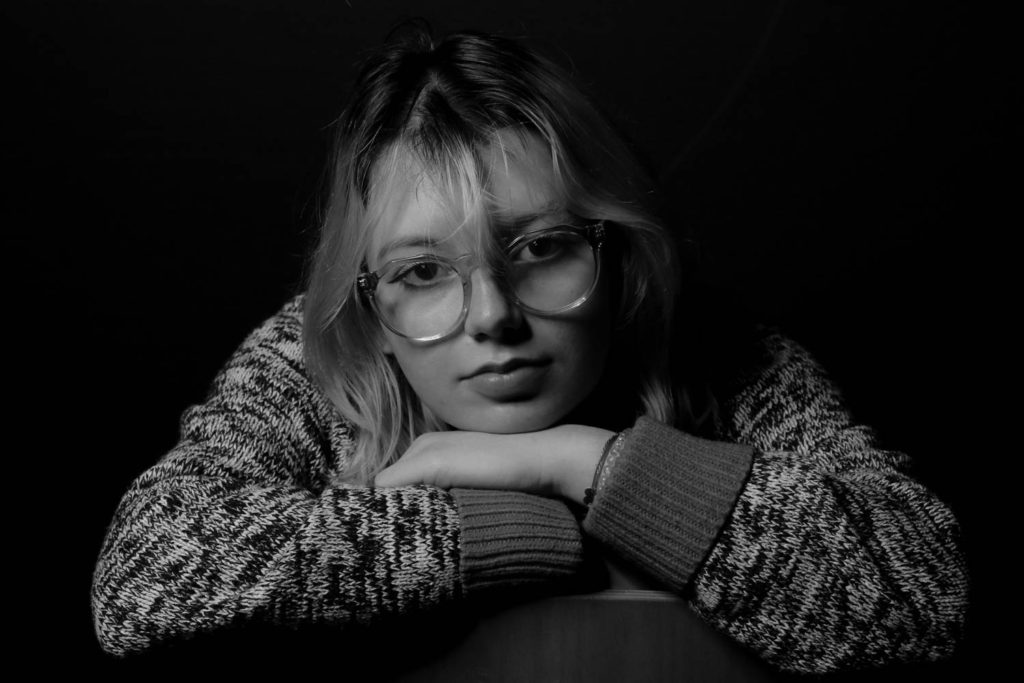

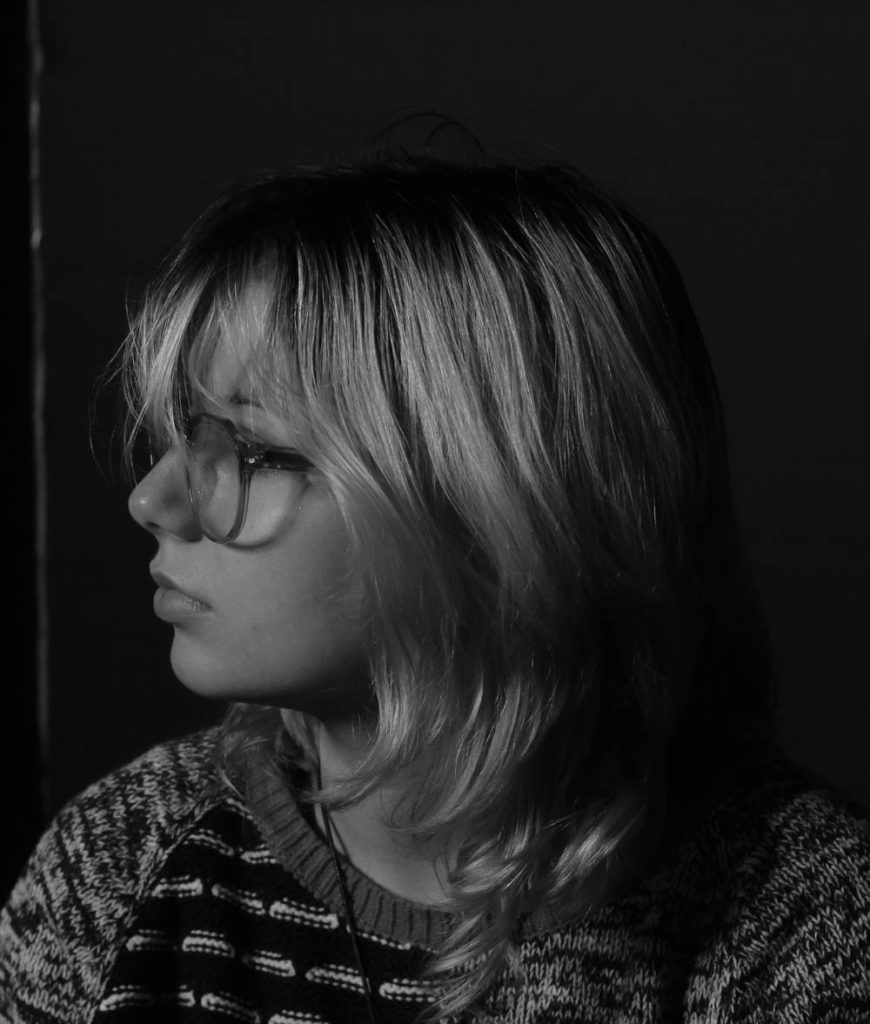
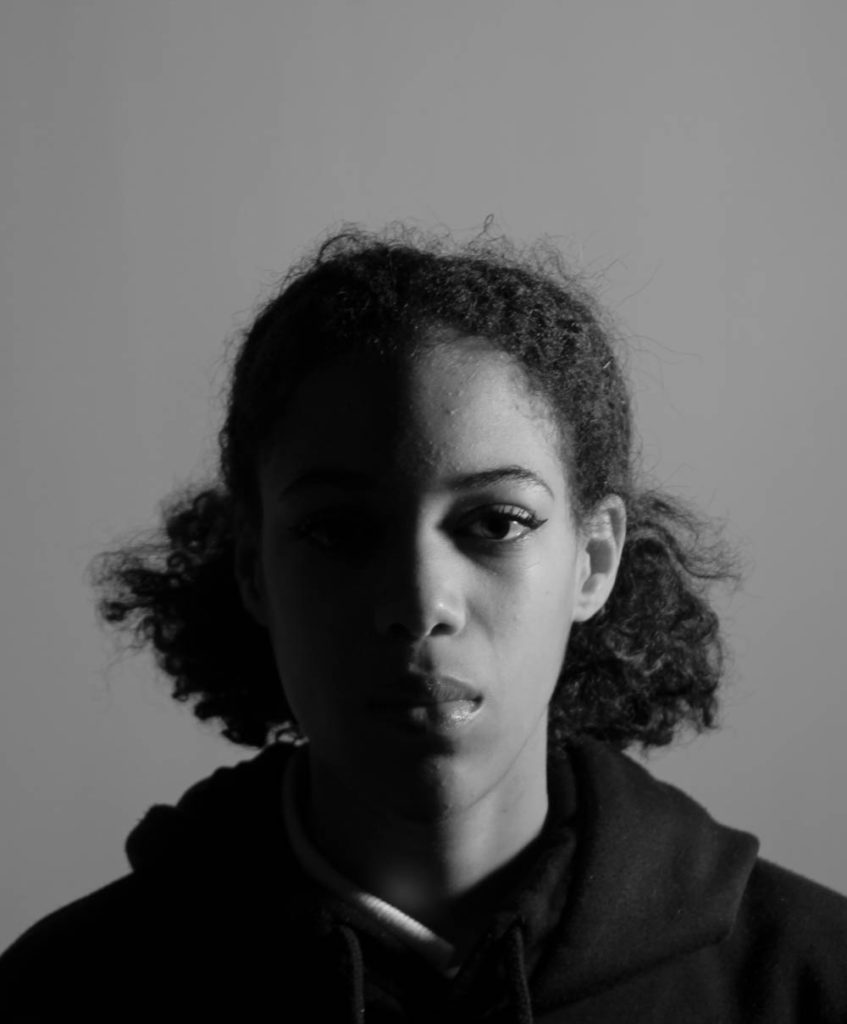
I like the majority of my images but if I were do to these shoots again I would take a lot more pictures so I have more options. I prefer the black and white images as I think they are more interesting to look at and have more contrast.
Early Pioneers-
Louis Daguerre was a French artist and photographer responsible for creating the Daguerreotype photographic process, which is now seen as incredibly slow and delicate. Daguerreotypes where often used for portraits and produce incredibly detailed images on small silvered copper plates.

Henry William Fox-Talbot was an English scientist and inventor who also contributed to the development of photography. He is responsible for developing calotypes, a photographic process which can create negatives that can be printed. Details where not as clear as daguerreotypes but the ability to mass produce images was far more important at the time.
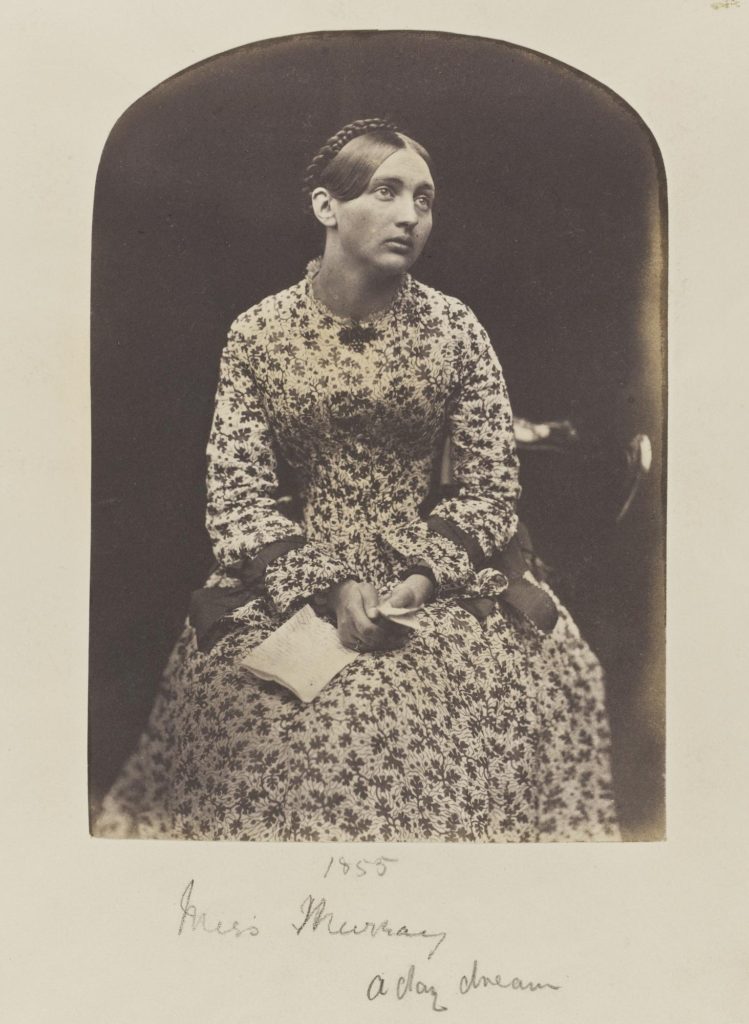
Julia Margaret Cameron was a British photographer who would mostly take portraits. Her work was inspired by mythology and literature leading to her using photography as more of a tool to express her art.
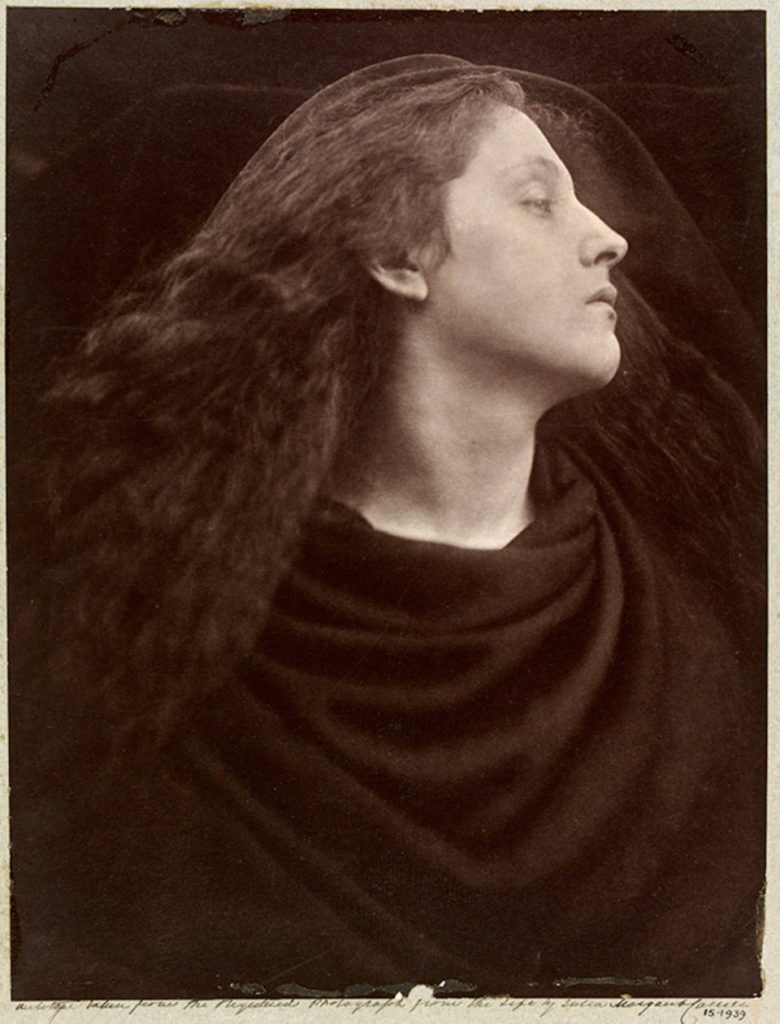
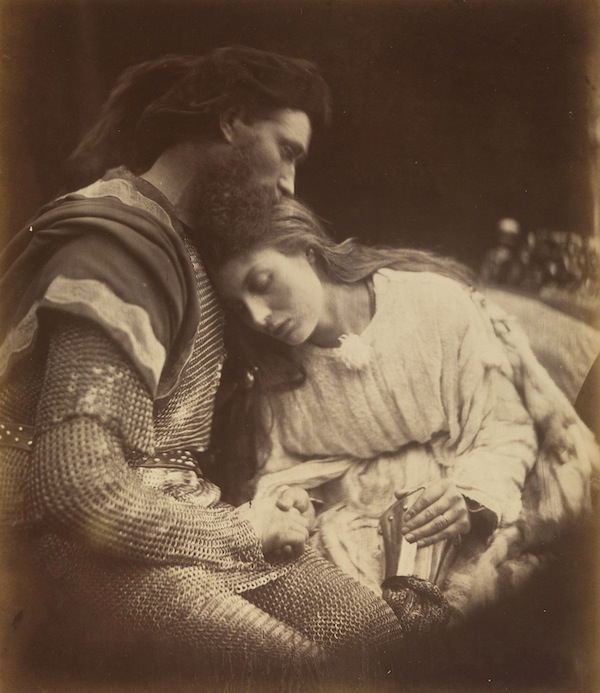
Henry Mullins was a British photographer who came to Jersey in 1848, to take portraits of the residents. He spent 26 years on the island, mostly taking pictures of officers of the Royal Militia and those higher up in society. After his death, 20,000 of his negatives were acquired and eventually given to The Société Jersiaise, an organisation in Jersey responsible for protecting and researching many historical subjects from the island’s past.
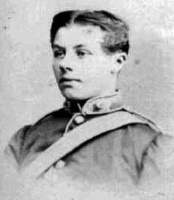
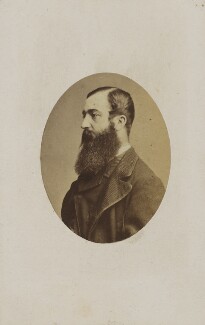
Mood board –
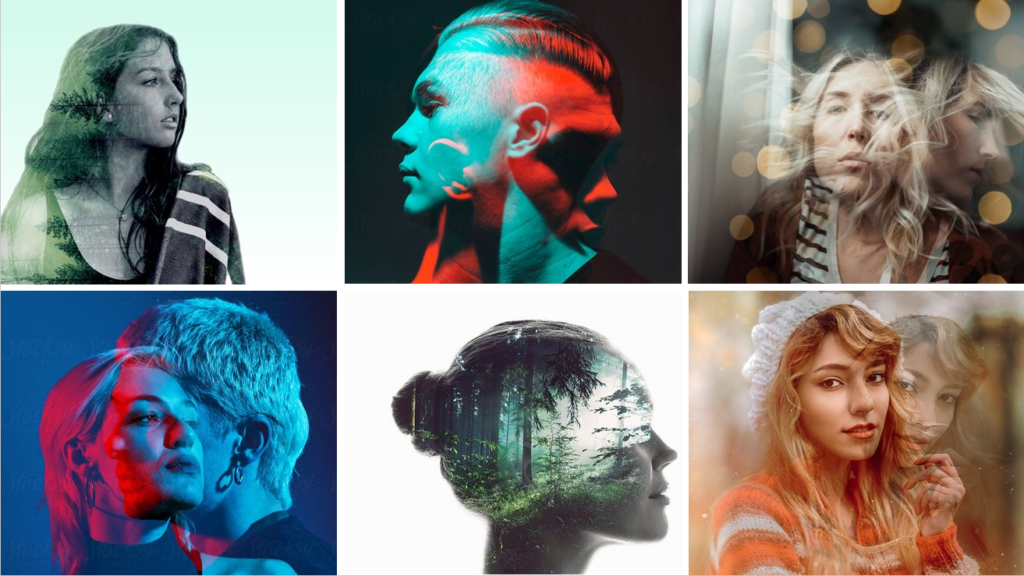
Editing
The website which I used for reference when creating this edit.
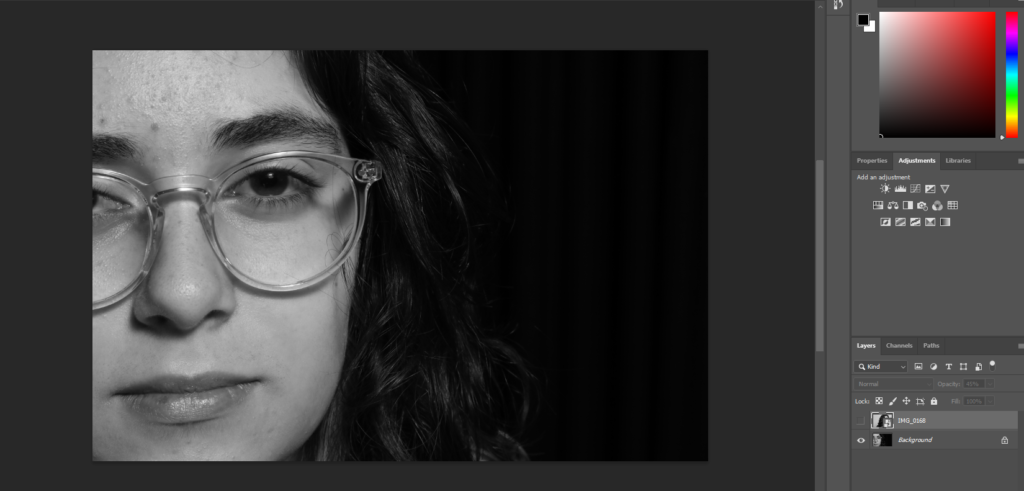
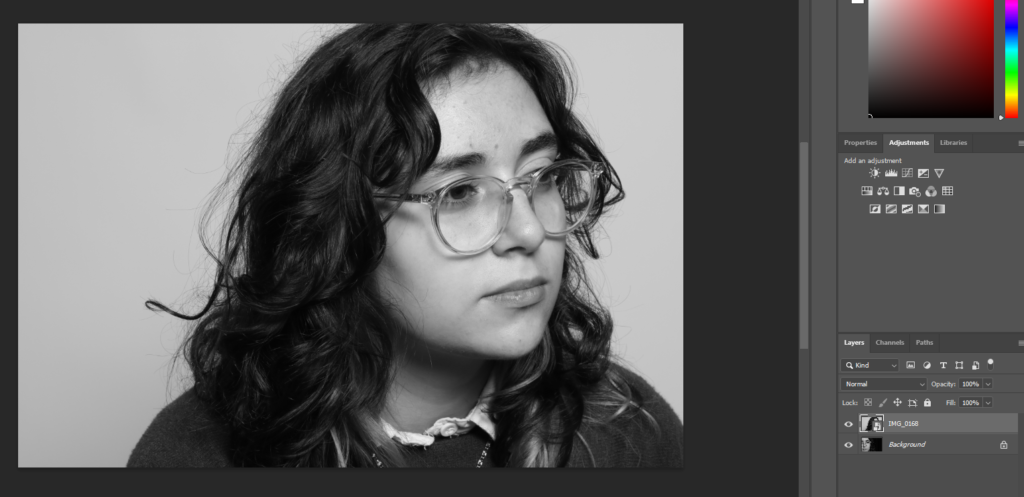


Final Outcome –

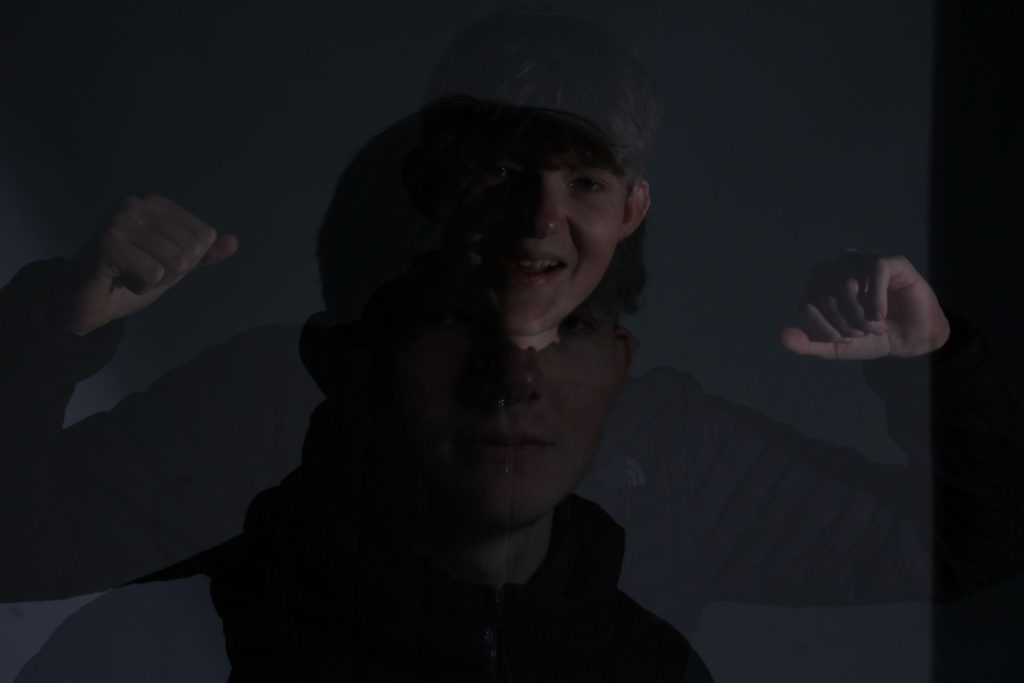
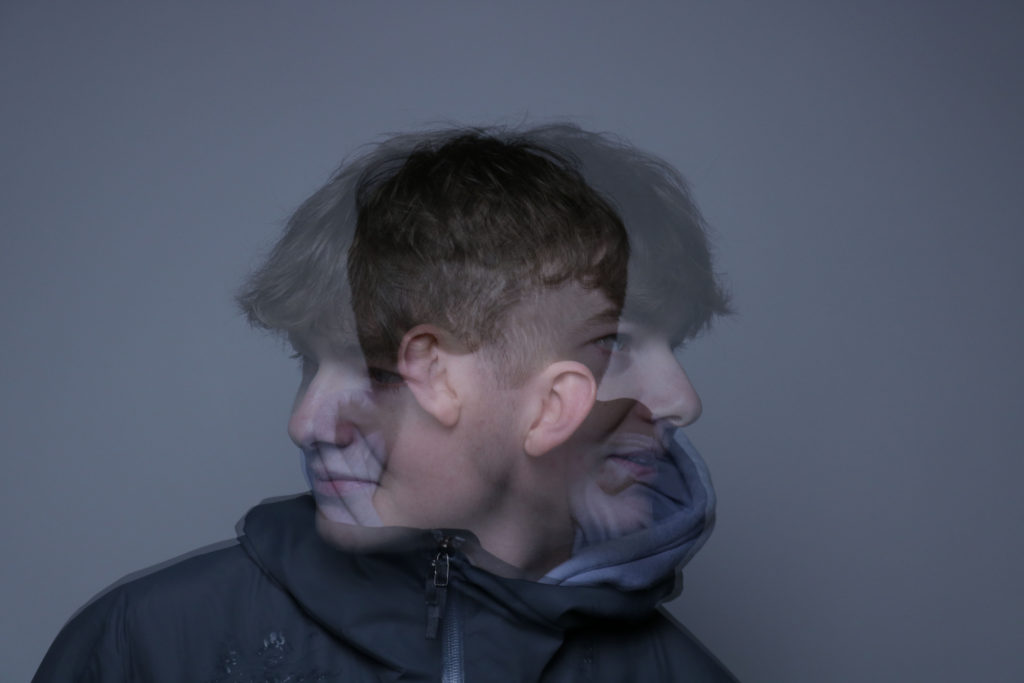
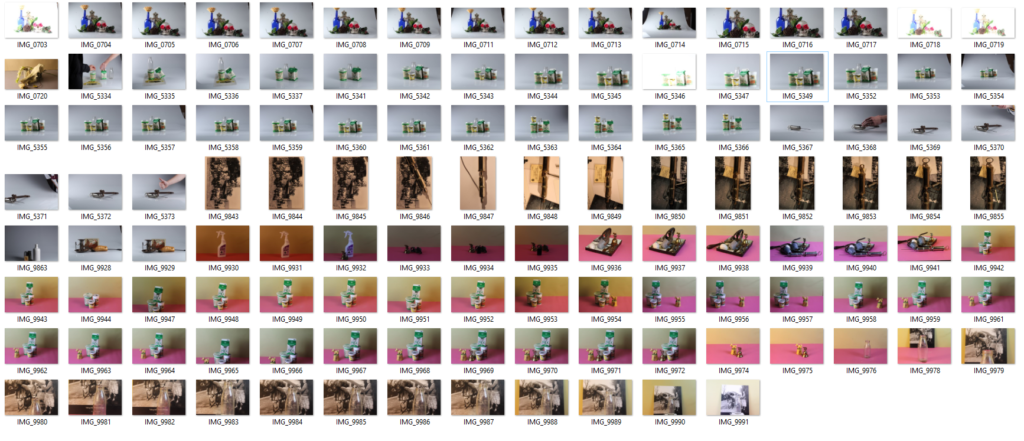
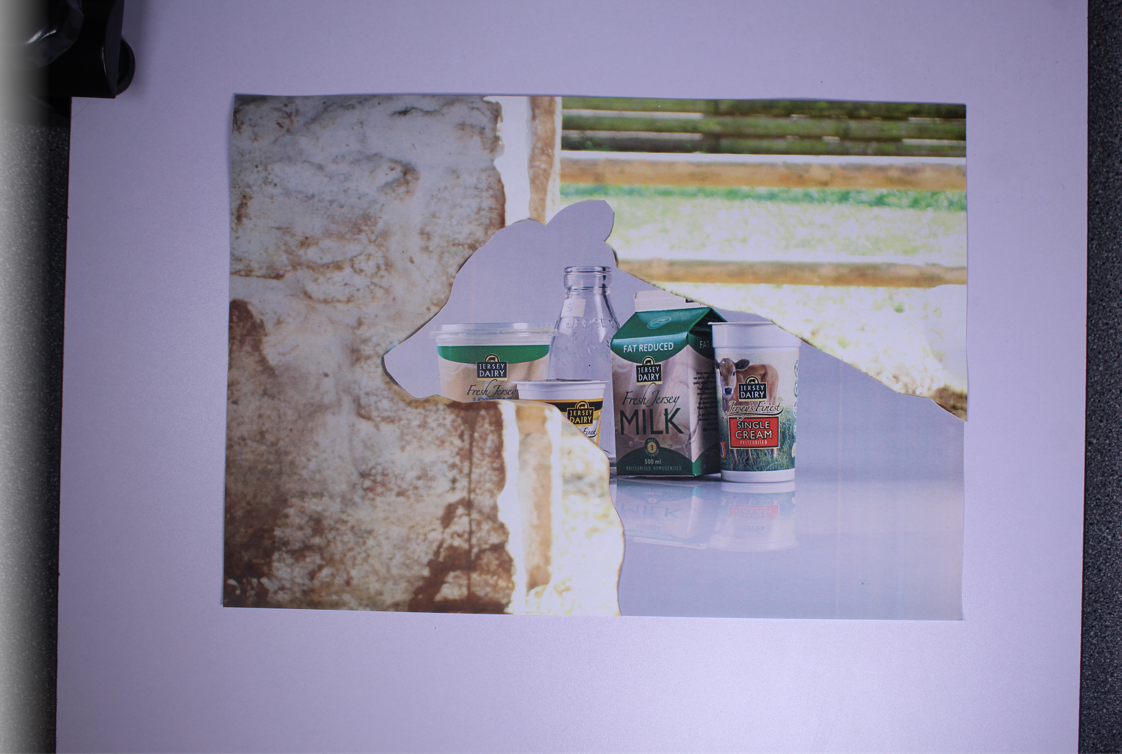
^ in this photo i used a photo of cow from Hamptonne and I cut out the cow and replaced the cut-out with a photo of dairy products from the still life photoshoot in the studio

^ in this photo i used a photo of a cow from Hamptonne in black in white and the same photo in colour to add a shadow like affect and to make something stand out
